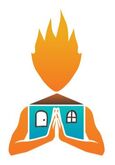|
On March 15, 2020, Orlo and I squeezed onto our couch amidst a pile of unfolded laundry after putting the kids to bed. We put our chins on our knees and looked at each other. “Are we doing this?” one of us said, and we both knew the answer. It was Orlo’s birthday, but we had already decided to postpone the festivities. We'd made the decision to announce that evening our plans to close the studio, at least for a while, to do our part in “flattening the curve.” The word was getting out that COVID-19 was a “thing,” and we sincerely hoped there was something we could do that would stop it in its tracks. We shut down on March 17, hoping it would only be a couple of weeks. On March 23, Governor Brown announced that, among thousands of other small businesses all over Oregon, yoga studios were mandated to close their doors. The rest is history... but don't worry, I won't rehash it here! Instead I want to share some heart-warming stats you may not know about our community over the past 365 days: Not too shabby for being shut down by the govnah, eh?
It actually gives me the chills: Homies, you have stepped (way) out of your comfort zone this year and done things (hot yoga in the bathroom??) in the name of your own health and sanity that you'd possibly never imagined you'd do. That is what we discover when we practice yoga: the essence of who we are: Look how powerful you are, and how resilient! Look how you have found and made the time and space to care for yourself. Especially when it has been hard, when it has not been pretty. A lot has changed this year, but not everything. For example, our mission at Home Hot Yoga is still: To get the most people feeling the best by providing a joyful, inclusive environment for yoga. Our “environment” has moved online of course, which means we’re able to reach people all over the world with our transformational yoga system and help them feel better, wherever. Speaking of which: We have a very exciting project in the works, so be on the lookout for some Major Announcements coming soon! Do you have any happy “stats” of your own? What has your yoga practice helped you handle, accomplish or become this year? Comment below and let us know! See you in the Zoom room.
0 Comments
Over the summer we published this blog post discussing existing research on heat and humidity in relation to COVID-19. (Hint: it was good news for Bikram Yogis!) A new study came out this month which has even more to say on the subject. Where back in May, scientists observed that areas with higher temps and humidity experienced less spread of COVID, the recent findings suggest it's not quite that simple. Wait... can we still do Bikram Yoga?? YES. **CAVEAT ALERT** Before I dive in any deeper, I'd like to point out that in no way am I claiming that being in our yoga room will guarantee that you do not catch the novel coronavirus. The truth is that any time you leave your home or are around other people, you are at some risk of catching COVID. This post is addressing the scientific findings that some environments pose more risk than others. Here is what the science says: "Our research shows that the viability of coronavirus is higher at low air temperature values below or equal to 75 F (25°C) and at high relative humidity values greater than or equal to 65%," says Prof. Dimitris Drikakis, one of the new study's authors. "Therefore, countries with the above weather conditions or indoor places with the above environmental conditions (at those conditions) are more at risk." Check out this chart (circle added for reference) from the study showing the concentration of airborne contaminated droplets: The study found there was less risk of catching COVID at temperatures above 75 and humidity below 65%.
Hooray: that's US! (See the red circle on the image above.) We keep our hot room at a perfectly sweet spot for sweating: 105 degrees Fahrenheit (40 Celsius) with 40-60% humidity (In most classes, especially now with our limited capacity, humidity actually remains between 40-50%.) Scientists now understand that how well COVID spreads in the air is due to a combination of factors which include not only heat and humidity but also (when outdoors) wind and (when indoors) ventilation. For indoor spaces, proper ventilation is advised, as well as the use of air purification systems to help reduce concentration levels of any contagions in the air. Here at Home we've always been fans of good air quality. Yogis who've practiced in stuffier hot studios often remark at how much better they breathe in our room! That's in part because of our Demand Control Ventilation system. The DCV maintains indoor air quality by automatically adjusting the amount of outside air coming into the hot room when the CO2 reaches a specific level. In order to further increase the flow of outside air in keeping with current recommendations, this setting is currently at “0” which means we are bringing in the maximum amount of outside air (around 50%) during class. The air which is recycled is constantly cleaned by the iWave air purification system. "We should also avoid places of low temperature," says Drikakis. We've been saying that for years! ;) Check out this post for a rundown of the many benefits of heat for all kinds of reasons. And read this if you have any concerns about "handling" the heat. Most importantly, join us in Home's hot room: we're here 7 days a week. Click here to book your class! Our psychic powers tell us you may be wondering: is wearing a mask in hot yoga even safe? Depends. Are you prepared to take excellent care of yourself during class? That means breathe through your nose, and rest when necessary (Hint: if you find it hard to keep breathing through your nose, you need a rest: When you first return Home, you will probably need to take more breaks than you are accustomed to. It's true that a mask will be in the way of air headed into your nose, but also don't forget that you haven't been in a hot room for 7 months!
Everyone is going to be out of "hot yoga shape" at Homecoming, masks or no masks. We all get to re-acclimate together. If you think about it, that's kind of awesome. Never in the history of the studio have we ever had a class where everyone was still getting used to the heat! What a gift that we all get to support and inspire each other in this way. Look, if you have any concern (and especially if you have any respiratory issues) you should definitely ask your doctor if wearing a mask in hot yoga is for you. Having said that, there may even be some benefit to exercising while wearing a mask! For years, athletes have used "elevation training masks" which decrease levels of oxygen to simulate working out at high elevations. The idea is training the lungs to perform with less oxygen, will make performing with normal oxygen levels that much easier. It's important to note that wearing a regular (non-ETM) mask does not actually decrease oxygen levels (though it may feel like it sometimes) Bottom line: athletes have been training in masks for years. The word "training" is the key: it's a practice. Like yoga. Doing your yoga in a mask is going to take practice. So are you prepared? If you're prepared to try- mindfully and patiently, practicing in a mask will be way less lame. By the way, just like trying ONE class in a mask is not really enough. Because, imagine if you only tried Standing Bow Pulling pose ONCE, and then decided you couldn't do it?? You've got to give this (and yourself!) an honest chance. Just like when you first began practicing in the heat: 2 or 3 classes in your first week will help you adjust the quickest. Who knows, your respiratory system may actually get stronger from the experience! Your ability to tune in to your body's signals and manage intensity accordingly definitely will. And that's a bonus worth training for! Check out this post for more thoughts and tips on wearing masks in class. Bikram Yoga in a face mask: #36482 on the list of things I’ve done in 2020 which I never imagined I would do! You know what though? It ain’t so bad. Yogis have been asking for recommendations, so... Here are a few things I’ve discovered:
But the #1 thing you need to do when practicing Bikram Yoga in a mask (or even not in a mask) is simple and costs $0: Give yourself permission to take radical good care of yourself during class. That means breathe through your nose, and rest when necessary (Hint: if you find it hard to keep breathing through your nose, you need a rest:) Good news is, you already practice that every time you do Bikram Yoga- right? When you first return Home, you will probably need to take more breaks than you are accustomed to. It's true that a mask will be in the way of air headed into your nose, but also don't forget that you haven't been in a hot room for 7 months! Like Standing Head to Knee pose, doing your yoga in a mask is going to take practice. If you're prepared to try- mindfully and patiently (and with the right supplies!) hot yoga in a mask may not be your favorite, but it won't totally suck. You might even forget it's there. Plus, think of how bada** that is! "I do Bikram Yoga in a face mask" said no lame person EVER. ;) Check out this post for more thoughts on masks! I feel pretty confident about spending 90 minutes in a hot room breathing with you during a global pandemic. There are a few reasons for that:
Ok... but what's an iWave? The iWave is the air purification system we've installed in the hot room's duct system! When air passes over the iWave, ions produced by the device reduce pathogens, allergens, particles, smoke and odors in the air, without producing harmful byproducts. How does it work? iWave uses a fancypants technology called "needle-point bi-polar ionization" to create equal amounts of positive and negative ions. When the ions are released into the air, they break down passing pollutants and gases into harmless stuff like oxygen, carbon dioxide, nitrogen and water vapor. When the ions run into pathogens like viruses, bacteria or mold, the ions remove their hydrogen molecules. Without these molecules, the pathogens have no source of energy- so they die. The ions also attach to tiny allergens like pollen, causing them to stick together until they are large enough to be caught by our ventilation system’s hospital-grade MERV-13 air filters. Is it safe?
Nature generates the same ions that the iWave’s technology does- with lightning, waterfalls and ocean waves. These natural processes break apart molecules, naturally cleaning the air. The difference between the iWave’s technology and what nature does is that the iWave does it without producing ozone! Does it work on Coronavirus? Yep! This system has actually undergone independent lab testing on COVID-19 and shown to deactivate 99.4% of the virus in just 30 minutes, in addition to significantly reducing a wide variety of other pathogens in the air and on hard non-porous surfaces. |
AuthorHHY Founder, Yoga Business Coach, yoga-doer and life-lover, Kay Afif! Categories
All
|

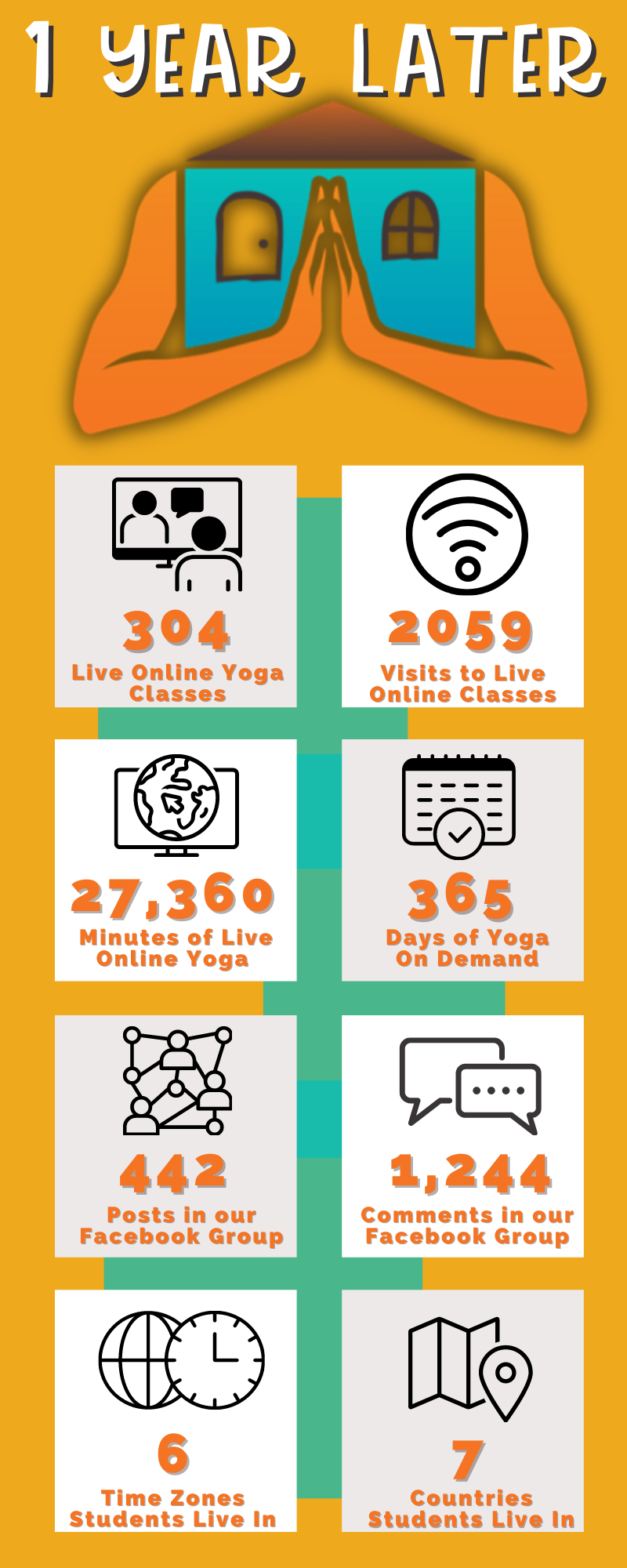
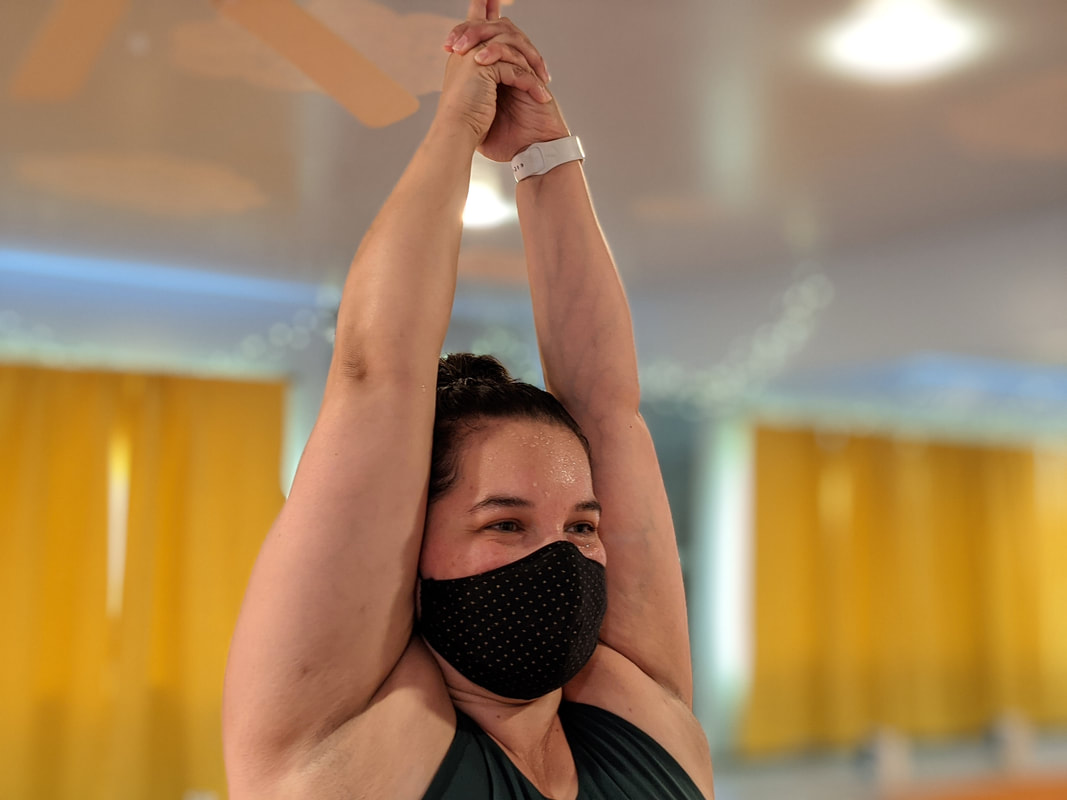
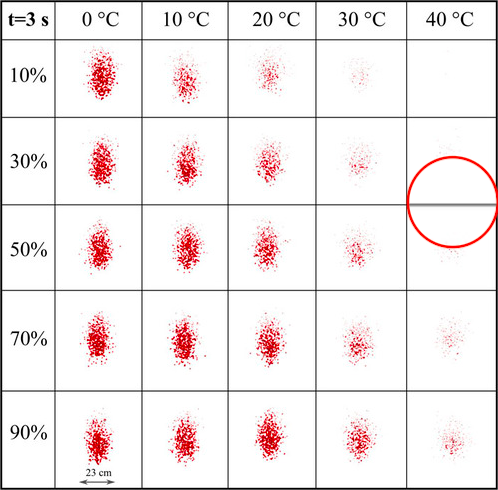
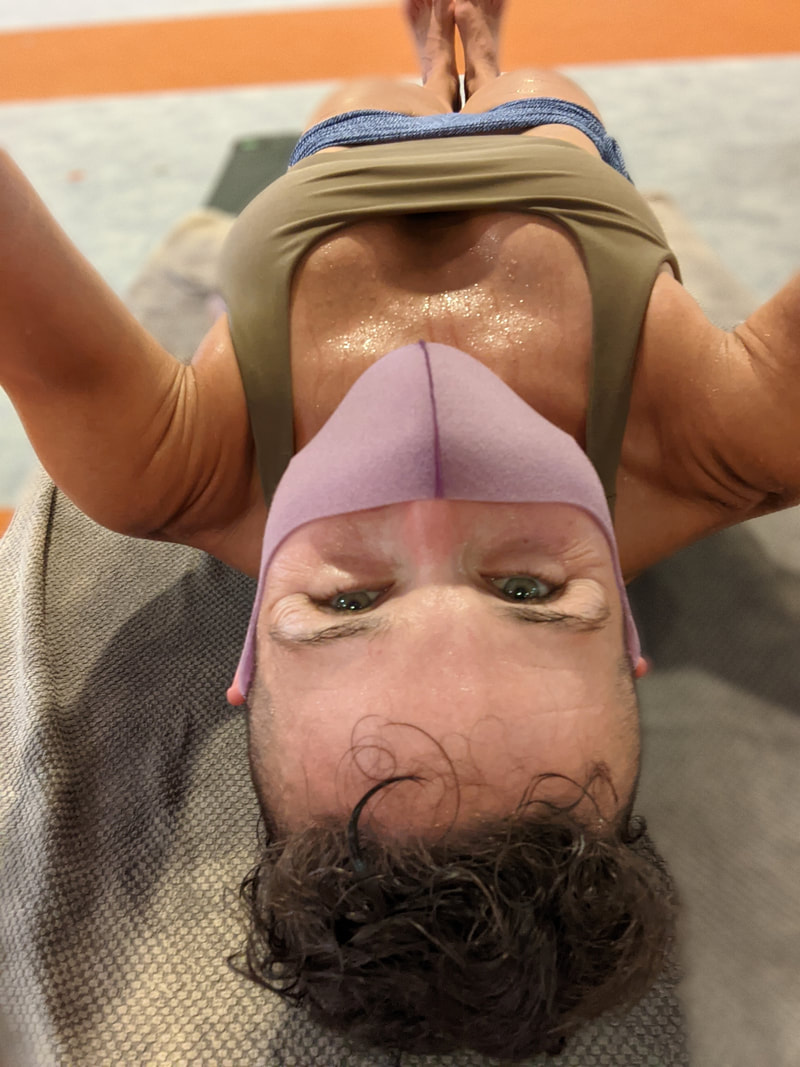
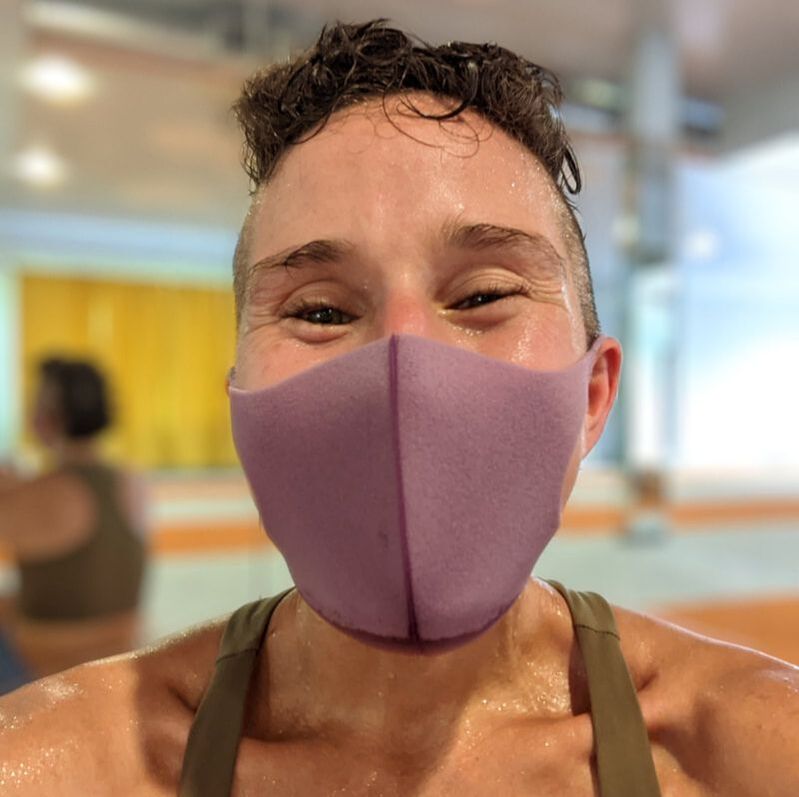
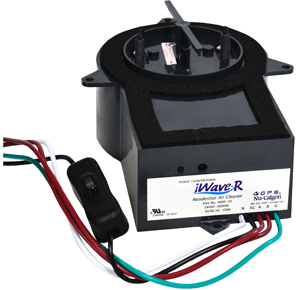
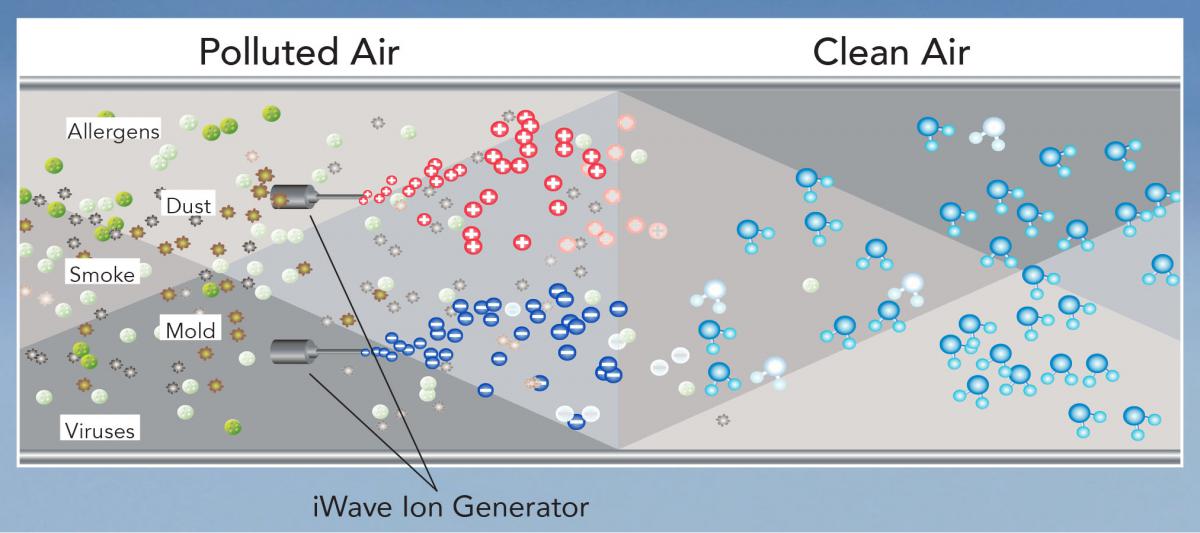

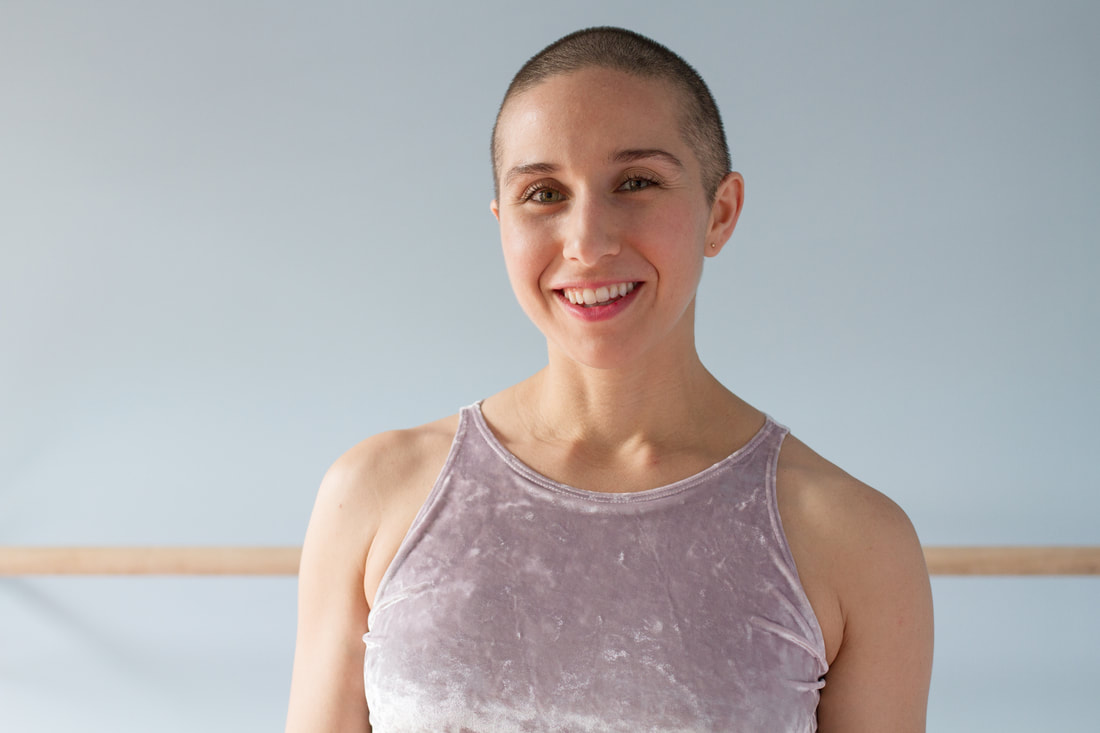
 RSS Feed
RSS Feed
